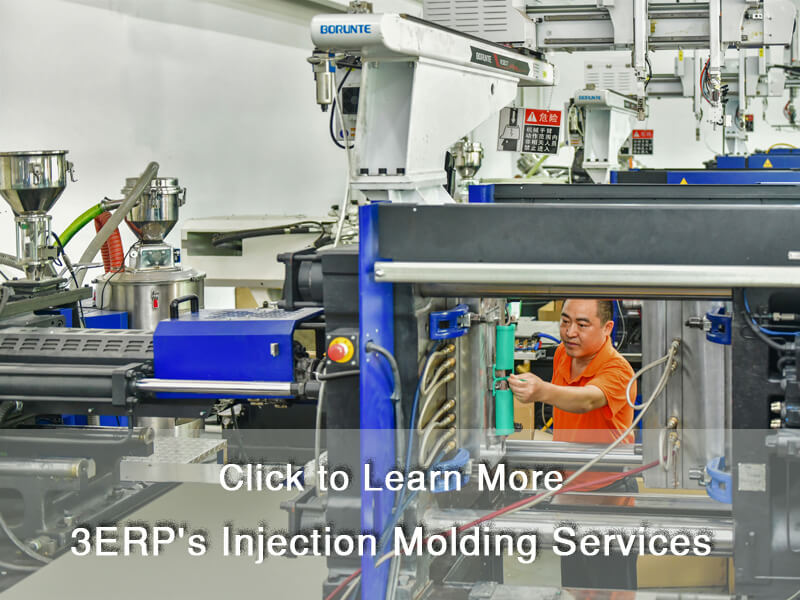Manufacturing - Truthss
Wiki Article
Excitement About Die Casting
Table of ContentsAll About Hon Hai PrecisionGet This Report about Hon Hai PrecisionOur Oem PDFsDie Casting Things To Know Before You BuyThe smart Trick of Die Casting That Nobody is Talking AboutDie Casting for Dummies
The message on this web page is an example from our full White Paper 'Shot Moulding for Purchasers' - * Sample text * - for complete guide click the download button over! Intro This overview is intended for individuals that are aiming to source plastic mouldings. It provides a much needed understanding right into all that is included with creating plastic components, from the mould tool needed to the moulding process itself.If you wish to discover additionally, the guide covers sorts of mould devices, in addition to special finishing procedures such as colours & plating. Words that are highlighted can be found in the reference in the appendix ... Component I: Moulding: The Basics The Benefits of Injection Moulding Plastic shot moulding is a very specific procedure that offers numerous advantages over various other plastic handling techniques.
Accuracy is ideal for really elaborate components. You can hold this moulding in the palm of your hand as well as it has employers, ribs, metal inserts, side cores and openings, made with a gliding shut off function in the mould device.
The Facts About Manufacturing Industries Revealed


from material feed & melting; material injectionProduct shot time cooling down ejection as well as the re-closing of the mould tool ready device the next cycle. Draft angles - The walls of a moulded part should be slightly tapered in the direction in which the component is expelled from the mould device, to allow the component to be expelled easily.
Ejector stroke - The pushing out of ejector pins to expel the moulded component from the mould tool. Ejector stroke speed, length and timing needs to be carefully managed to avoid damages to the ejectors and mould tool, however at the exact same check this site out time make the moulding cycle as short as possible.

The Main Principles Of Lean Manufacturing
Ribs - When a plastic part has thin walls, ribs are included to the layout to make the slim wall surfaces stronger Side cores - Side activity which generates a function on a moulded part, at an opposing angle to the normal opening direction of the mould tool. manufacturing industries. The side core requires to be able to retract as the plastic component can not be expelled or else.
Wall surfaces - The sides of a moulded component The text on this web page is an example from our full White Paper 'Shot Moulding for Purchasers'.
Shot moulding is commonly used for manufacturing a selection of parts, from the tiniest parts to entire body panels of cars. Advancements in 3D printing innovation, using photopolymers that do not melt throughout the shot moulding of some lower-temperature thermoplastics, can be utilized for some simple shot moulds. Injection moulding uses a special-purpose maker that has three components: the injection device, the mould and the clamp.
The Best Strategy To Use For Manufacturing
Refine features [edit] Injection moulding utilizes a ram or screw-type plunger to compel liquified plastic or rubber product right into a mould tooth cavity; this solidifies right into a shape that has satisfied the shape of the mould. It is most frequently made use of to refine both polycarbonate and thermosetting polymers, with the quantity use the previous being significantly higher.: 13 Thermoplastics prevail due to qualities that make them extremely ideal for shot moulding, such as convenience of recycling, convenience for a wide array of applications,: 89 as well as capability to soften and also flow on heating.In several dental caries moulds, each tooth cavity can be similar and form the same components or can be special and create multiple various geometries throughout a solitary cycle. Moulds are usually made from device steels, but stainless-steels and also aluminium moulds appropriate for sure applications. Aluminium moulds are generally ill-suited for high volume production or get rid of narrow dimensional tolerances, as they have substandard mechanical properties and also are more susceptible to wear, damage, and also deformation during the injection as well as securing cycles; nonetheless, aluminium moulds are affordable in low-volume applications, as mould construction prices and also time are significantly minimized.
The screw provides the raw material forward, mixes as well as homogenises the thermal as well as viscous circulations of the polymer, as well as minimizes the called for home heating time by mechanically shearing the product as well as including a considerable quantity of frictional heating to the polymer. The material feeds ahead aluminium suppliers with a check valve and collects at the front of the screw into a volume referred to as a shot. When enough material has actually collected, the product is compelled at high pressure and also velocity into the component creating dental caries. The exact quantity of contraction is a feature of the material being utilized, as well as can be fairly predictable. To avoid spikes in pressure, the process normally uses a transfer placement matching to a 9598% full cavity where the screw changes from a consistent speed to a continuous pressure control.
How Manufacturing can Save You Time, Stress, and Money.
The packing pressure is applied until the gate (cavity entryway) solidifies. Due to its small size, the gate is normally the first place to solidify via its entire thickness.: 16 Once the gate solidifies, no even more product can go into the dental caries; as necessary, the screw reciprocates and also obtains material for the following cycle while the product within the mould cools down so that it can be ejected and straight from the source be dimensionally stable.Report this wiki page